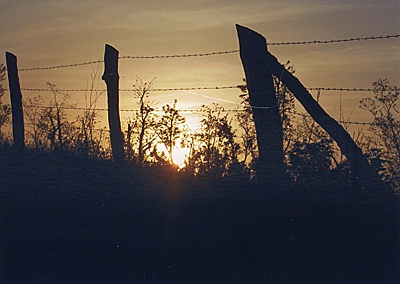All Nonfiction
- Bullying
- Books
- Academic
- Author Interviews
- Celebrity interviews
- College Articles
- College Essays
- Educator of the Year
- Heroes
- Interviews
- Memoir
- Personal Experience
- Sports
- Travel & Culture
All Opinions
- Bullying
- Current Events / Politics
- Discrimination
- Drugs / Alcohol / Smoking
- Entertainment / Celebrities
- Environment
- Love / Relationships
- Movies / Music / TV
- Pop Culture / Trends
- School / College
- Social Issues / Civics
- Spirituality / Religion
- Sports / Hobbies
All Hot Topics
- Bullying
- Community Service
- Environment
- Health
- Letters to the Editor
- Pride & Prejudice
- What Matters
- Back
Summer Guide
- Program Links
- Program Reviews
- Back
College Guide
- College Links
- College Reviews
- College Essays
- College Articles
- Back
Confessions of a Teenage Anthropologist: Fighting
When my best friend recently came back from Korea (she was at a Tae Kwon Do competition), I began wondering how and when fighting transformed from a means of survival to form recreation. As I explored fighting in other cultures, I realized that boxing, wrestling, and other violent activities are sometimes integral parts of others’ cultures. In the United States, violence is often looked down upon as barbaric, but sometimes exciting. However, in other places, fighting is a way to gain and defend honor and to make a living for families.
Because not all women around the globe are as lucky to have the “natural rights” of independence and honor that most American women do, these women resort to ways of gaining honor, glory, and independence. In Bolivia, especially in El Alto, female wrestlers called Cholitas Luchadores, compete. Much like the stereotypical wrestlers from the jack Black movie, these wrestlers also have a uniform. Instead of crazy masks and neon underwear, though, cholitas wear the beautiful, traditional Andean dresses. The dresses are carefully woven with fabric and jewels and the wrestlers’ hair is braided with ribbons. The dazzling costumes stand in stark contrast with the violence of the sport. But, unlike in American WWE and MMA competitions, these wrestling matches also seem to be a performance. Before the match, the two competitors, the ruda (baddie) and the técnica (goodie) dance and twirl around, and after the match, they yell, and sometimes dance, before their audiences. Sadly, though, cholitas do not live the same glamorous lifestyle that say, famous boxers, do. Cholitas work under the harsh control of a “Gitano,” and they often hold daytime jobs. Luckily, there are some fortunate one who hold higher government positions, and are able to influence others and fight for rights. Although these wrestlers experience prejudice (and for who knows how long), I find it admirable that they continue fighting for others’ and their own rights both inside and outside the ring.
So, apparently Bolivians really like fighting, because as I was researching, and another topic of Bolivian fighting popped up. The Tinku festival is celebrated every year in the region of Potosí, Columbia. Thousands of Bolivians gather in Mancha (oddly enough, this city has the same name as the town Don Quixote is from!) to fight. But, surprisingly, the participants do not consider the brawls to be “fights.” Rather, they consider it a dance, during which the two competitors rhythmically through their fists at one another. The festival is not all about fighting; it is really all about sacrifice to the goddess of harvest, Pachamama. So, after the festival commences with the killing of a goat and the drinking of hard liquor, the fighting begins. The opponents who will fight are already pre-decided, and like the cholitas, they wear traditional garb. Instead of dresses, though, they wear monteras, thick, leather helmets (similar to the round conquistador ones) adorned with feathers, black pants with embroidery, and beautiful thick waist belts that also double as padded protection. The opponents, who are usually neighbors, fight against one another in an unorganized, bloody brawl. They usually throw stones and shards of glass at one another. Other men, women, and children set up chairs and snacks to watch the fighting. The Tinku festival and all of its glorious frenzy only last a couple of days.
Like Tae Kwon Do, West African Dambe used to teach boys and men how to defend themselves. Now, though, it is a form of entertainment and recreation. Dambe was used, mainly in the Hausa region of West Africa, by butchers and farmers as a way to entertain themselves during their free time. In Dambe, there are three rounds; the rounds are not timed. They only end when the body touches the ground, there is inactivity, or one of the boxers calls for a time out. However, what truly sets aside Dambe, is the weapon used. Instead of boxing gloves, Dambe fighters use a “lead hand” that is attached to the arm via chains and cloth. Sometimes, the hand is even reinforced with shards of glass. And, before the match, in order to calm nerves and mitigate the coming pain, the participants sometimes drink alcohol or smoke marijuana. There is also often a ritual to plead for protection. I actually looked up some videos of Dambe online… most people wouldn’t stand a chance.

Similar Articles
JOIN THE DISCUSSION
This article has 0 comments.